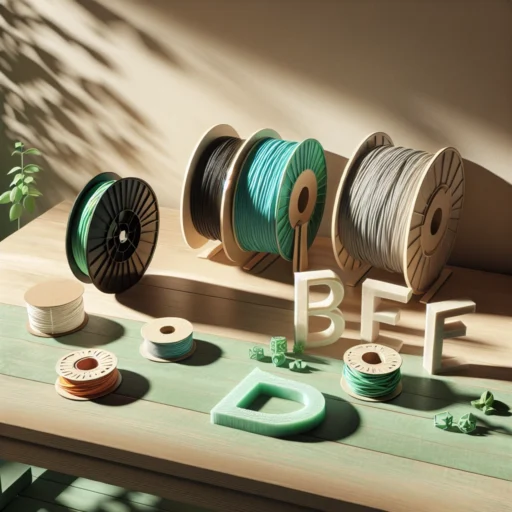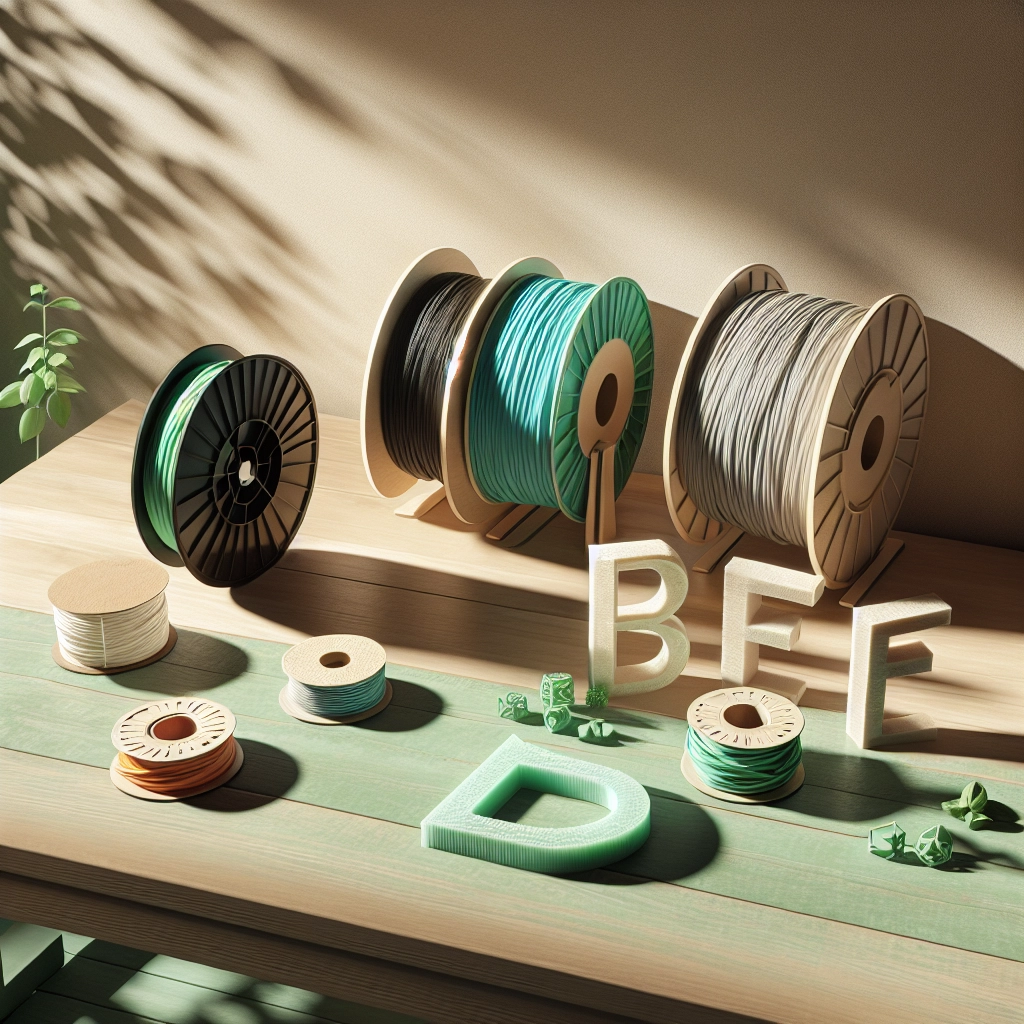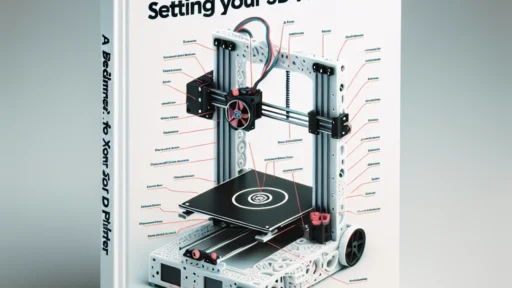Eco-Friendly 3D Printing: Sustainable Filament Options
When we think about 3D printing, images of futuristic gadgets, rapid prototyping, and endless creativity often come to mind. But as our fascination with this technology grows, so does our responsibility to ensure that the materials we use are kinder to our planet. This is where eco-friendly 3D printing and sustainable filament options come into play. Let’s dive into the world of sustainable 3D printing materials and explore how they can help us tread lightly on the Earth.
The Need for Sustainability in 3D Printing
Traditional 3D printing filaments like PLA (Polylactic Acid), ABS (Acrylonitrile Butadiene Styrene), and PETG (Polyethylene Terephthalate Glycol-modified) have their benefits but also come with environmental drawbacks. ABS, for example, releases toxic fumes when melted and is derived from non-renewable fossil fuels. On the other hand, while PLA is a more biodegradable option, its production still involves significant energy consumption and agricultural inputs.
As awareness of climate change and plastic pollution increases, the demand for eco-friendly alternatives in the 3D printing industry has soared. Luckily, more and more manufacturers are stepping up to provide sustainable filament options that minimize our environmental footprint.
Sustainable Filament Options
-
PLA: Let’s start with the old reliable friend of the 3D printing world—PLA. While it’s not as eco-friendly as some may think (especially if it’s not disposed of properly), it does come from renewable resources such as corn starch. When considering PLA, look for brands that highlight their manufacturing processes, such as those that use more sustainable agricultural practices.
-
Recycled Filaments: Companies are now producing filaments made from recycled plastics, including PET bottles. Using recycled materials helps reduce waste and lowers the demand for virgin plastic. Filaments like rPET (recycled PET) and rPLA are becoming increasingly popular. By choosing these options, you’re actively participating in the circular economy, giving new life to materials that would otherwise end up in landfills.
-
Bio-based Filaments: Some brands are experimenting with entirely new materials. For instance, filaments made from algae or hemp offer biodegradable alternatives that break down more readily in the environment compared to traditional plastics. These bio-based materials can potentially be produced with a lower carbon footprint too.
-
Wood and Compostable Filaments: Yes, you read that right! Wood-based filaments often consist of a fine wood powder mixed with a biodegradable material like PLA. They give your printed objects a unique texture and finish while also reducing plastic waste. Additionally, compostable filaments, often made from plant-based materials, break down under composting conditions, making them an excellent choice for eco-conscious users.
-
Carbon-Negative Options: Some innovative companies are working on carbon-negative filaments. These are produced using processes that sequester carbon dioxide from the atmosphere, effectively acting as a sink for greenhouse gases. While still relatively new to the market, they represent a forward-thinking approach to 3D printing.
Tips for Eco-Friendly 3D Printing
Now that you’re familiar with some sustainable filament options, here are a few tips to ensure your 3D printing practices align with eco-friendly values:
-
Proper Disposal: Even with biodegradable filaments, it’s essential to dispose of them correctly. Many biodegradable options won’t break down in standard landfill conditions; composting is often the best route.
-
Use Efficient Settings: Save material by optimizing your 3D model and printing settings. Reduce print volume, use supports sparingly, and pay attention to infill percentages.
-
Think About Your Projects: Before you start a new print, think about whether you need the item and if it’s a design that could be used multiple times. Reusable items reduce ongoing demand for new materials.
-
Educate Others: Share your knowledge of sustainable 3D printing materials with friends and fellow makers. The more people who know about these options, the bigger the impact.
The rise of eco-friendly 3D printing is more than just a trend; it’s a movement toward a more sustainable future. By choosing the right filament and being mindful of how we use this exciting technology, we can play our part in reducing waste and promoting a healthier planet. In a world that often seems dominated by plastic waste, it’s reassuring to know that small choices in our 3D printing habits can lead to significant changes down the line. So, gear up, print with purpose, and let’s make sustainability part of our 3D adventures!






